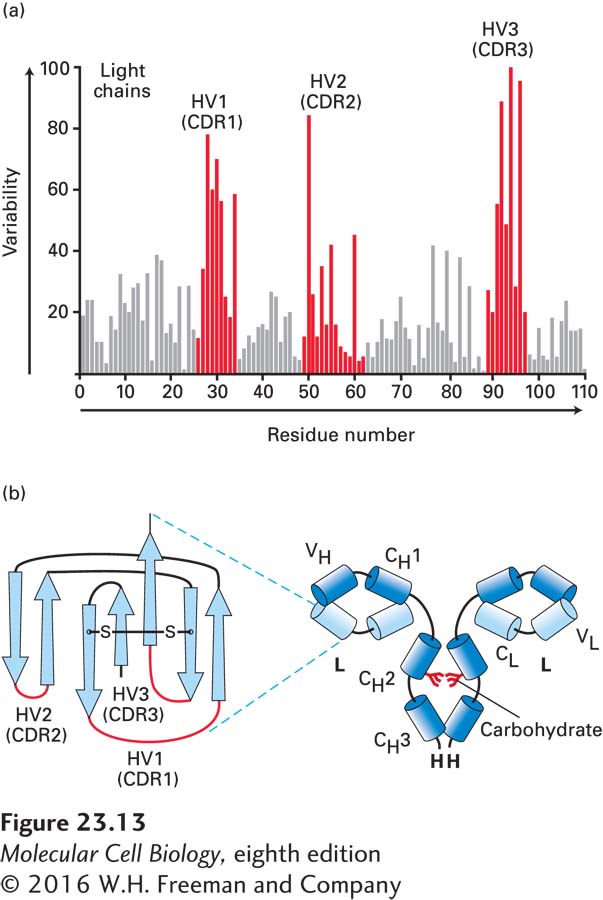
FIGURE 23- e- y- e- t- e- y- t- y- t-